The Myth of the High School Experience
The classic American high school football game is a staple social event in schools across the country. Here, in a photo of our very own team, we can see the large crowd and excitement surrounding the tradition.
September 25, 2022
It’s fall, and the high school has once again opened its doors to welcome a new school year into its fluorescent halls. Thousands of other schools across the country and across the world will follow suit. With this also comes the classic back-to-school excitement, furthered by well-known teen-centered films like The Breakfast Club, Grease, Mean Girls, High School Musical, Bring it On, and Clueless. Of course, these only scratch the surface of such media, with lesser-known movies like The DUFF and Varsity Blues also being being similar, as well as shows like Saved by the Bell, Euphoria, Riverdale, Dawson’s Creek, Pretty Little Liars, The Secret Life of the American Teenager, and Glee. All of them carry some sort of unifying aesthetic, that of the ideal American teenage experience.
Nearly all the characters dress well, have cliques, go to parties, do sports, all while having straight A’s. There are mean girls, jocks, cheerleaders, nerds, band geeks, stoners, and basically any such trope you can think of. The aesthetic is immediately recognizable and immensely popular. It is not surprising new movies with the same aesthetic, like F the Prom , Sierra Burgess is a Loser, and To All the Boys I’ve Loved Before, keep being made, and this ideal extends even to children’s media, with almost every Disney Channel show and movie being the same and even Barbie having a high-school themed movie, The Barbie Diaries. With every popular aesthetic is its counter, with plenty of media being in itself a parody of the idea. It can be lighthearted or sweetly subversive like in Not Another Teen Movie and But I’m a Cheerleader, a black comedy, like in Heathers, Sugar and Spice, and Jawbreaker, or it can go for an entirely morbid theme like in Jennifer’s Body, The Virgin Suicides, and of course, Carrie. Also, it has become a popular motif particularly in alternative music, such as the the grunge rock album Live Through This by Hole and the emo rock album The Drug In Me Is You by Falling In Reverse both showcasing motifs of crazed prom queens. With the song Hollywood by indie pop singer MARINA, a song parodying classic American tropes, she wears a cheerleading top and is accompanied by a prom queen character. In the 90’s, alternative rock band Nada Surf released their hit single Popular, which has since been covered by Pom Pom Squad, a grunge-ish band led by Mia Berrin whose entire aesthetic revolves around this idea, with songs like Head Cheerleader and Lux. Also, Lana Del Rey has done a Carrie-themed photoshoot as marketing, complete with the fake pig blood. There are more popular examples, like the videos for Thank You, Next by Ariana Grande, Fancy by Iggy Azalea and Charlie XCX, You Belong With Me by Taylor Swift, and the media surrounding Olivia Rodrigo’s Sour album. It even transcends borders, being used in kpop music videos like Dumb Dumb by Somi, Stereotype by StayC, and Cheer Up by Twice. Altogether, it is a hugely influential concept, also touching the realm of high fashion with Anna Sui, Marc Jacobs, and Undercover, Broadway musicals, and literature, many inspiring the aforementioned movies. But why? How did this even come to be? And what effect does it hold on real life?
First of all, you may have noticed that all the media mentioned was made in a bunch of different times. According to the Aesthetics Wiki, this specific “High School Dream” aesthetic originated in the 80’s. While the more modern ideal of it probably was, thanks to John Hughes movies and the impact of Heathers, we can see it develop slightly earlier in the 70’s if you take into account Grease and Carrie. Nonetheless, the bare-bones look probably had some influence by very early college life. Greek life, which is very similar to the social structure implied by high school cliques, has been around in the United States since 1825. The varsity letter and its use on jackets originated from Harvard handing them out to their own baseball team in 1865. Cheerleading, which originated as a mens-only activity, was first named as such in 1897’s Princeton’s football program, and in 1923, when women were allowed to cheer, it still maintained as a college staple, with modern uniforms being successive evolutions of earlier uniforms and them having many similarities. Even prom and homecoming originated in colleges, with Prom, evolving from the debutante ball, was recorded as being a college event in the late 19th century. Homecoming has its roots more muddied, but colleges like Baylor, Southwestern University, The University of Illinois, and The University of Michigan all have staked claims to the first such celebration.
Of course, it would probably be a better idea to mark the beginning to around the 80’s for multiple reasons, one being the fact that the students of these colleges were practically all wealthy white people, and that even the high schools were not racially integrated until much later. The 80’s were also the time of, like previously said, John Hughes, whose movies really cemented the importance of teens in film. Since his movies, which also include Ferris Bueller’s Day Off, Sixteen Candles, and Pretty in Pink, as well as The Breakfast Club, were widely successful, they proved how teen movies had wide appeal. Closely following would be Saved by the Bell, which was a teen show which followed suit. Even nowadays, many movies referencing teens in the 80’s make reference to the stereotypical high school experience. Take Stranger Things, the beginning of 13 Going on 30, and even Bumblebee. At this point, most movies would take themselves entirely seriously and not attempt to make too much of a commentary on things, being pretty silly. This changed when Heathers came around.
Although Carrie had already been made at this point and made a big statement surrounding high school bullying and social warfare, it took more of a horror approach, while Heathers, although absurdist and unrealistically morbid (hopefully), is still considered a black comedy, meaning most of the enjoyment comes out of said comedy. Since then, a lot of the high school media would end up taking a more dramatic approach to its subject matter, with today’s TV shows being mostly drama-based. Also, there grew a bigger market for similar darker subject matters to be most prevalent, and for absurdity to characterize this. Since it had its roots in wholesomeness, any contradiction makes for an easy integration of dark themes. Also, its roots tie in heavily with American ideals specifically, as most obvious by its earliest history and the centering of American-specific things like yellow school buses and football. Its All-American marketing seems almost similar to the 50’s ideal of utopian suburbia, and as such, seem un-achievable and interesting to turn on its head. Due to it becoming a tired, yet beloved trope at this point, the more crazy, the more grunge, the more ‘realistic’, the more popular. Of course this was not the only thing Heathers did. The Breakfast Club already had most of its talk based on the clash of different social groups, but Heathers also added in the specificity of popularity, specifically a female ‘mean girl’ trio. Although this specifically seems insignificant, it actually ended up becoming a central trope, especially in movies like Mean Girls, which would be critical to the concept’s continued longevity. This also led to the increased marketing towards girls and feminine-presenting people, which affected even the movies who stayed cheery, such as Clueless. In this vein, the fashion became more of a hallmark and a visual indicator of character importance or social status. It is also this factor that would see the most evolution. When discussing this aesthetic, the masculine side of it that does not center on an ‘outsider’ look seems pretty unchanged over the years, usually centering over either an edgy look or a classic sporty look, including being clad in varsity jackets and football uniforms. The feminine side includes whatever style is particularly relevant to the time, but especially tying back to the style of the early 2000’s, as well as classic spirit gear and cheerleading uniforms.
To center back, what does this mean? Does it matter? Again, it’s an artificial paragon of the American experience, so it is not meant to reflect reality. Yet, as it has consumed most media, it will naturally affect real life. It can start small, with people wearing costumes or idolizing the movies themselves. Maybe they will take style tips or try to emulate the look of the characters. Perhaps they’ll try out a new hobby that was presented in the movies. In fact, there are many ways in which this idea can be positive. It can help drive the want for school spirit and get students involved. If it seems like spirit week or going to support your school’s sports teams looks fun, you might just end up doing it. It might make you do things you would not have before and supplement your overall high school experience. However, it can also do just the opposite. For one, it leads to increased expectations surrounding high school. If you do not experience the same social acceptance, excitement, and intrigue in your own life, you might consider it a failure. Also, many hallmarks of the idea revolve around a strict social hierarchy. Although in real life this level of complex political structure is almost definitely not as defined, it can still lead people to believe they must act a certain way to have an ideal experience, specifically, be mean and belittle others to lift yourself up. And with the overall ideas even spreading to include a middle school setting, as seen in books and subsequent media like Dear Dumb Diary and Dork Diaries, as well as it influencing children-specific franchises like Bratz, Monster High, and Barbie, it could easily be internalized even by young children especially girls. There is also to be said about the overwhelmingly un-diverse cast of many of these movies or books, in race, sexual orientation, body type, and social class. Luckily though, it seems like over the years, there has been a conscious effort to actually be more inclusive, with some shows even centering about such issues and receiving praise as a result. One good example is Euphoria, which despite having its own problems, ends up tackling most of these issues by the main cast in nuanced ways.
Paige, an avid enjoyer of high school movies, particularly Clueless, personally thinks that the idea is mostly harmless. “I think in movies, popular girls are meaner than in real life.” She also thinks, that although there are a couple realistic parts of the depictions, they have a lot of faults. “They never show students doing homework or studying. They have way too much time in between classes. Also, everyone is always wearing heels and in really socially independent groups, which doesn’t really happen.” On the other side of things, she thinks it can sometimes be harmful, “especially with how people might think they need to be skinny or own expensive things to be liked.” At the end of the day, it becomes whatever you make it. Just remember to enjoy your life however you can, because there is no one ‘perfect high school experience.’ That is up to you.








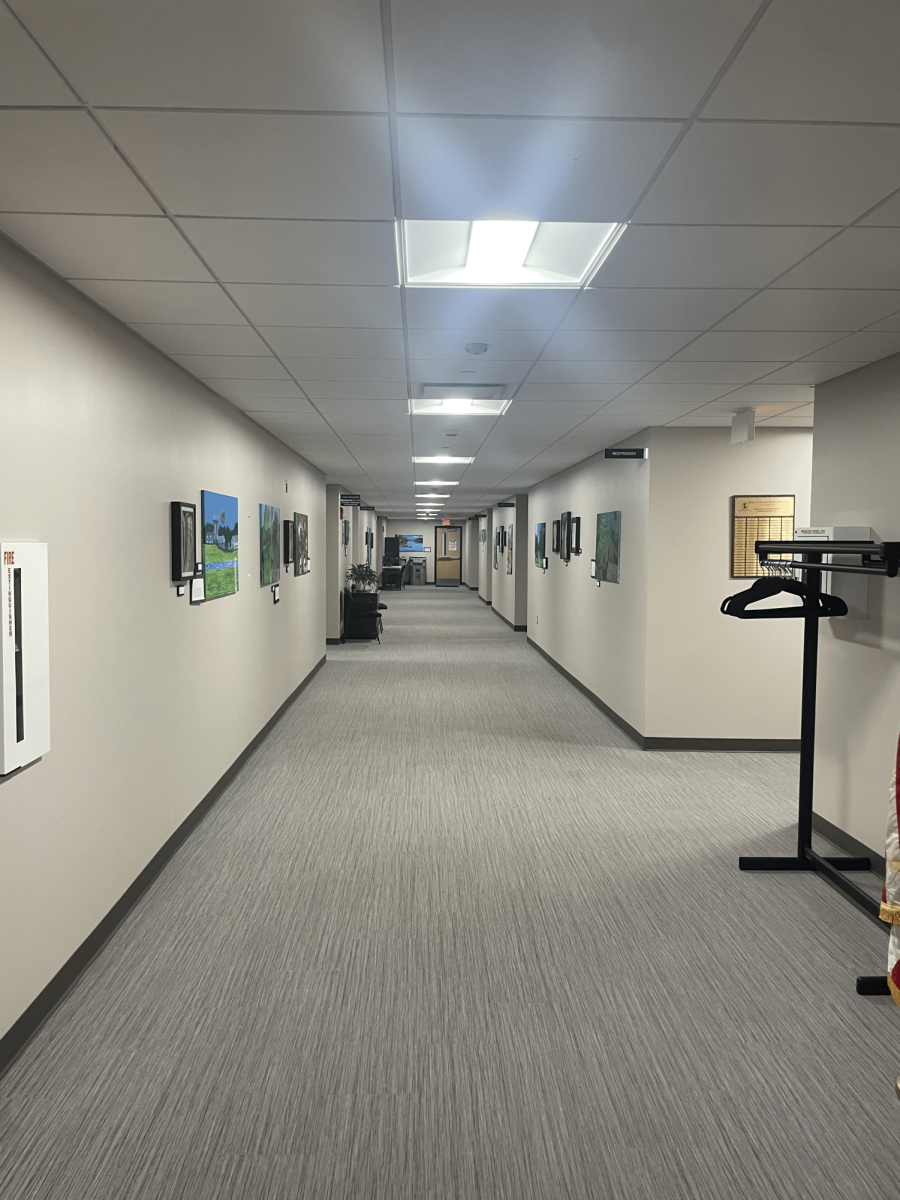

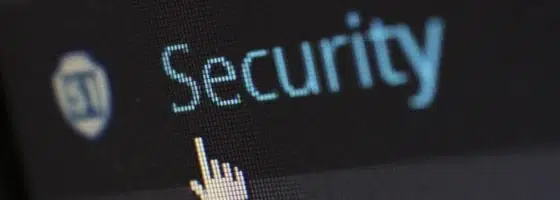













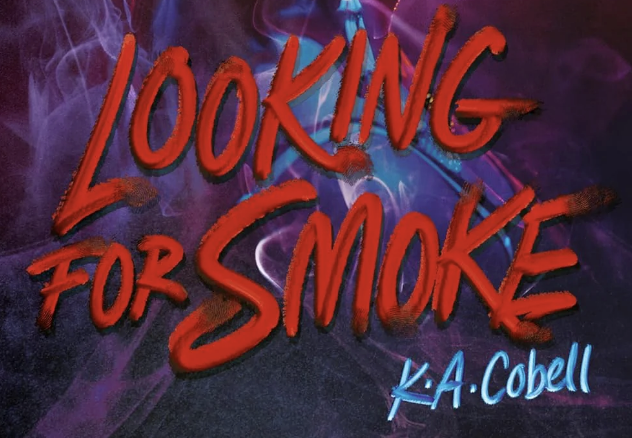
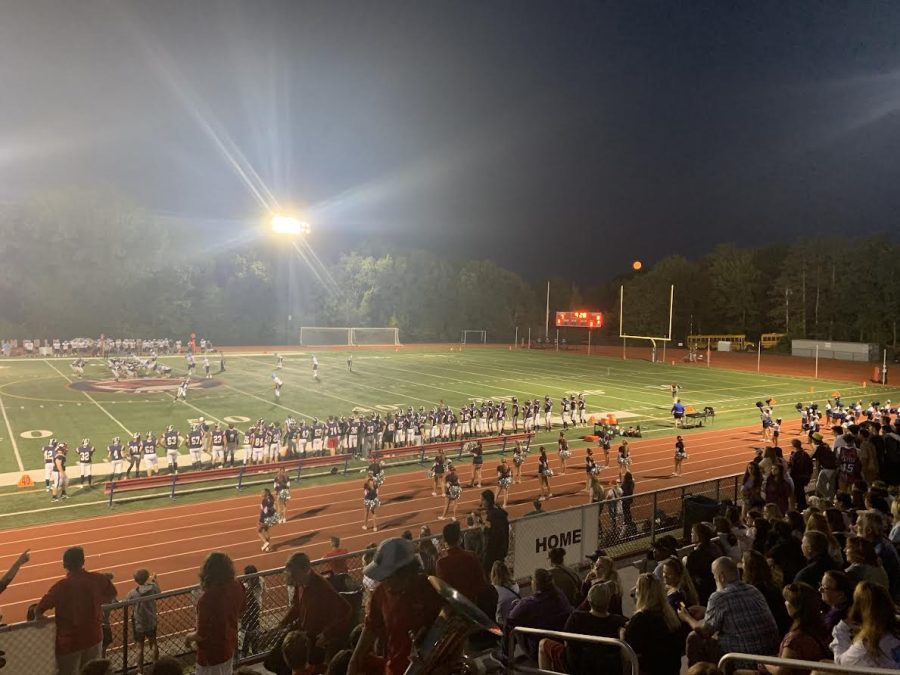
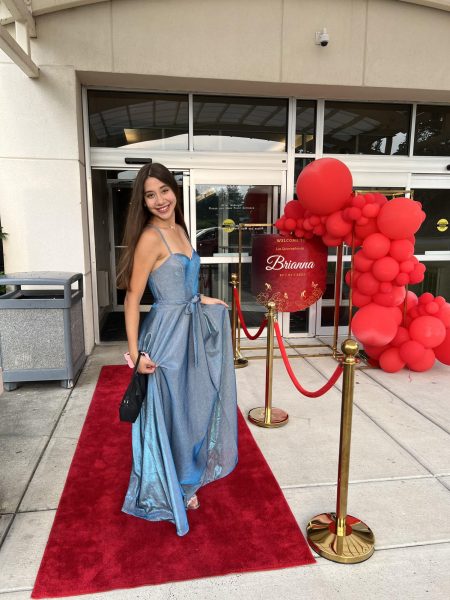
Katherine Kilsey • Sep 27, 2022 at 7:50 am
Love this!!!